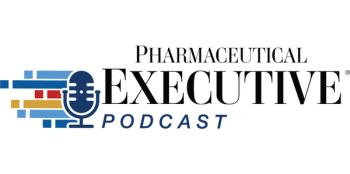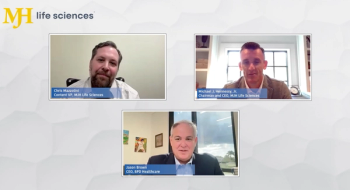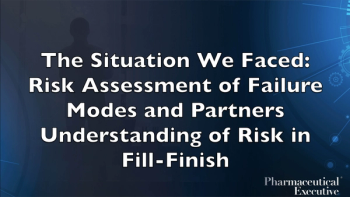
Prescription drug prices rose in late 1997
Prices for prescription pharmaceuticals were nearly 3% higher during the third quarter of 1997 than during the third quarter of 1996, according to IMS America's Quarterly Pricing Report.
Prices for prescription pharmaceuticals were nearly 3% higher during the third quarter of 1997 than during the third quarter of 1996, according to IMS America's Quarterly Pricing Report.
IMS America, Plymouth Meeting, PA, attributed the 2.9% increase to a significantly slower decline in the prices of generics and increases in prices of branded products.
Overall prices for generics dropped at a rate of 6.4% compared with a year ago, while prices of branded prescription medicines rose 3.8%.
According to Myron Holubiak, general manager of IMS America's consulting arm, The Plymouth Group, total prescription sale growth in retail pharmacies, hospitals, clinics, staff-model HMOs, long-term care facilities and federal facilities was 17.3% higher than it was a year ago.
"Non-price factors, such as increased volume and mix of products, combined with exceptional growth in new products appeared to be dominant industry drivers," Holubiak said. "Several significant new products introduced late last year have already broken into the top 100 best-selling drugs."
He added that third-party coverage for prescription products increased, and increased coverage is associated with increased demand for prescription products. Medicare beneficiaries, who are rapidly joining managed care plans, play a major role in this growth. According to IMS America, Medicare beneficiaries increase drug expenditures nearly twofold when they have greater access to a prescription drug plan. PR
Newsletter
Lead with insight with the Pharmaceutical Executive newsletter, featuring strategic analysis, leadership trends, and market intelligence for biopharma decision-makers.





